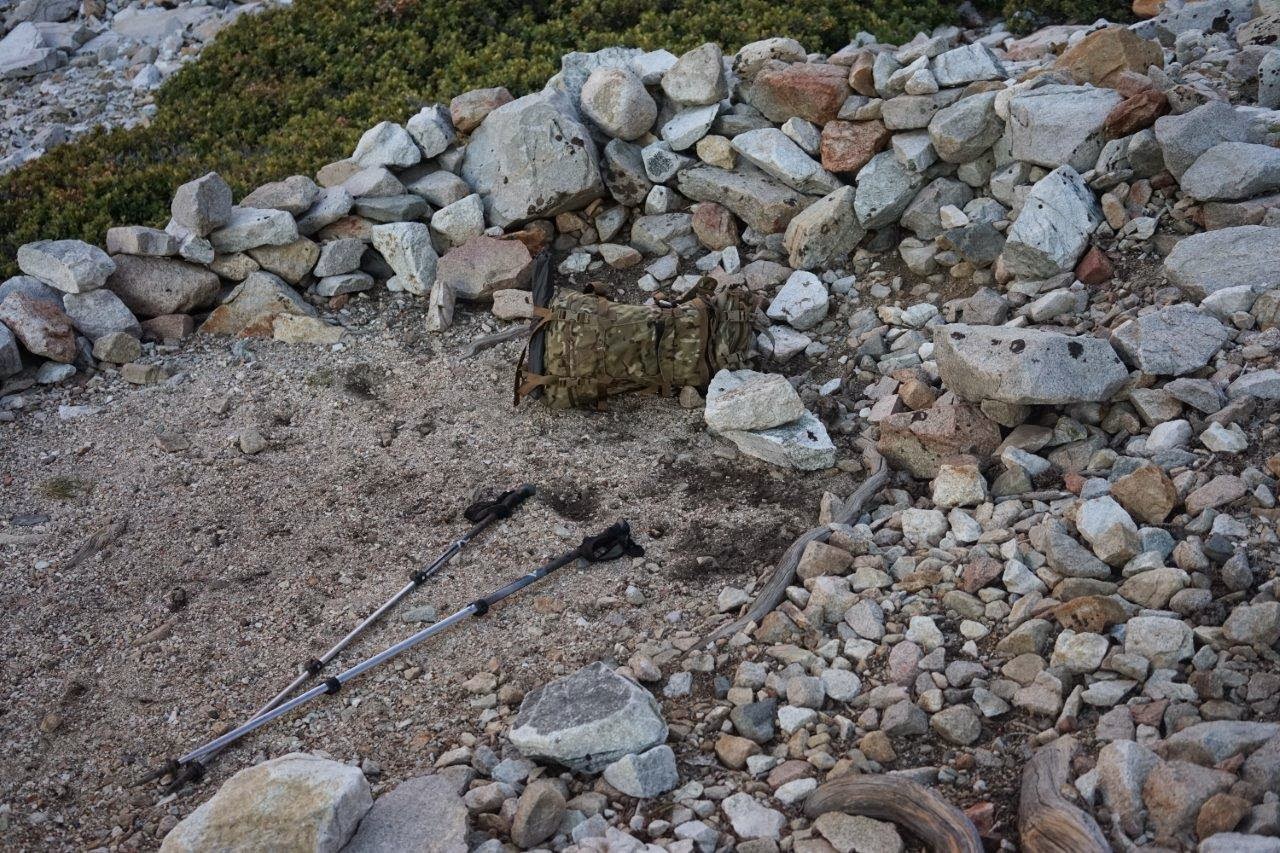Dale Matson
I was up in the mountains on the
Taboose Pass Trail last Monday and Tuesday. Nature is beautiful but it can be
unforgiving if you make a mistake. Most people who perish in the mountains are
killed by their own ego. Sometimes the top of a mountain can be the same as the
belly of a whale. Perhaps the biggest problem in mountain climbing is summit
fever. It is hard to turn back if you haven't reached the top. VO2 max
decreases by 3 percent for each 1,000’ of altitude gain over 5,000’. This can
be especially troublesome for older folks like me who already have a diminished
V02 max. The climbers who have fallen off Whitney the last few years have all
been in their 60’s and 70’s. While available
oxygen is about 20 percent of the air we breathe at sea level it is only about
14 percent at 11,000’. http://www.higherpeak.com/altitudechart.html
I sometimes wonder if part of summit
fever is poor judgment driven by hypoxia. I saw a Discovery Channel Video where
an expedition leader was pleading with one of his climbers to turn back because
the climber would not meet the necessary summit window. At altitude, there is
less oxygen saturation in the blood. When it is ordinarily near 100 percent, it
can go down to 80 percent or lower at high altitude. http://www.csahq.org/pdf/bulletin/everest_57_1.pdf
I drove to Bishop on Monday morning and
picked up my wilderness permit. I got to the trailhead south of Big Pine and
began making a 6,000’ ascent to Taboose Pass. Fatigue began to set in at about
9,000’ and I considered dropping my backpack in an established campsite to
climb more easily. The weather was windy and misty and I had on my rain jacket,
pants and gloves. I dropped my backpack
at a nice campsite at about 8,400’ and began climbing again with less gear.
After about a quarter of a mile I
thought about Wade Brunette, a man about my age that I had been flown in to
search for in late October 2009. He had attempted a day hike to the top of Mt.
Whitney. He dropped his daypack along the trail at about 13,000’ and continued
climbing. The rest is speculation on my part. I believe he was tired also and thought he
could hike more easily with less weight. He wanted to summit but a storm blew
in. Without his extra gear in his
daypack, he probably suffered from both hypoxia and hypothermia. Symptoms
include dizziness and confusion. He fell
to his death and was found on a ledge 200 feet below the trail.
I thought about
this example and went back for my backpack. I still managed to summit but had
the option to pitch my tent higher up as the rain and wind increased. There was
no view when I got there because the weather had me “socked in” so to speak.
The mountains make their own weather. I headed back down and set up my tent by
headlamp in the highest remaining campsite (9,600’) about two miles below the
11, 300’ pass. I figured it would also be easier to breathe and less chance of
the rain turning to snow at that altitude. I called Sharon on my satellite
phone to let her know where I was and that I was ok for the night.
Packed And Ready To Leave The Next Morning
I understand when JMT folks leave their
backpacks at Trail Crest for the final climb to the top of Whitney but there
are other times when leaving your pack behind limits your options. The pack has
your survival gear. What if you lose the trail or are injured?
The Long Climb Up Whitney
The Knife Edge Near Trail Crest
No Room For Mistakes!
I was with
friends once that summited Mt. Hoffman. They left their day packs about 150’
below the top to make it easier to scramble over and around the final boulders.
When they began their descent, they spent 30 minutes looking for where they had left their packs.
What did they gain by this? Knowing when to leave your pack behind is part of
good judgment. If you are in doubt and by yourself, don't do it!
I have a video of the Mt. Whitney Day hike on YouTube here:
https://www.youtube.com/watch?v=oPk2ibzZqM4
I have a video of the Mt. Whitney Day hike on YouTube here:
https://www.youtube.com/watch?v=oPk2ibzZqM4




No comments:
Post a Comment